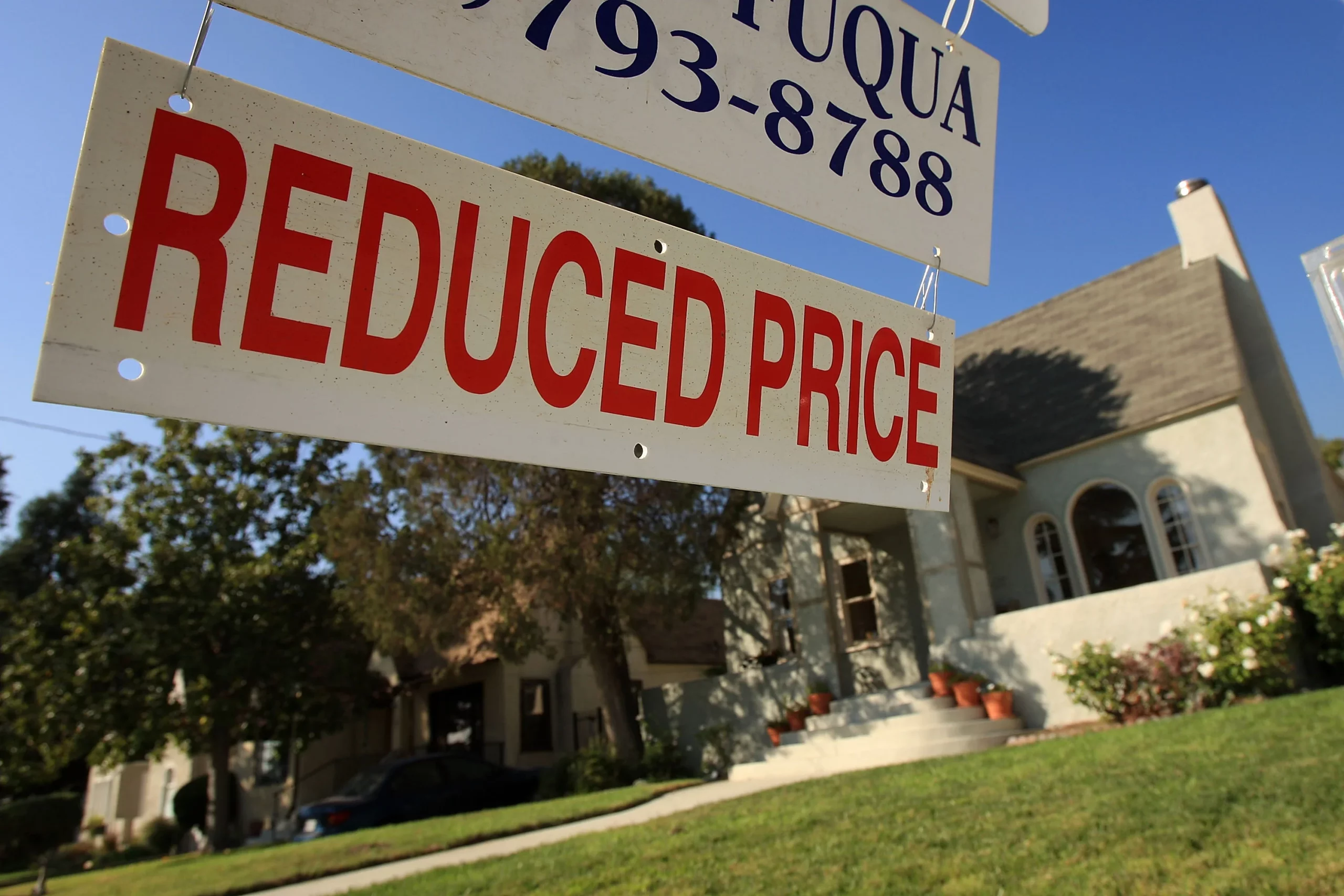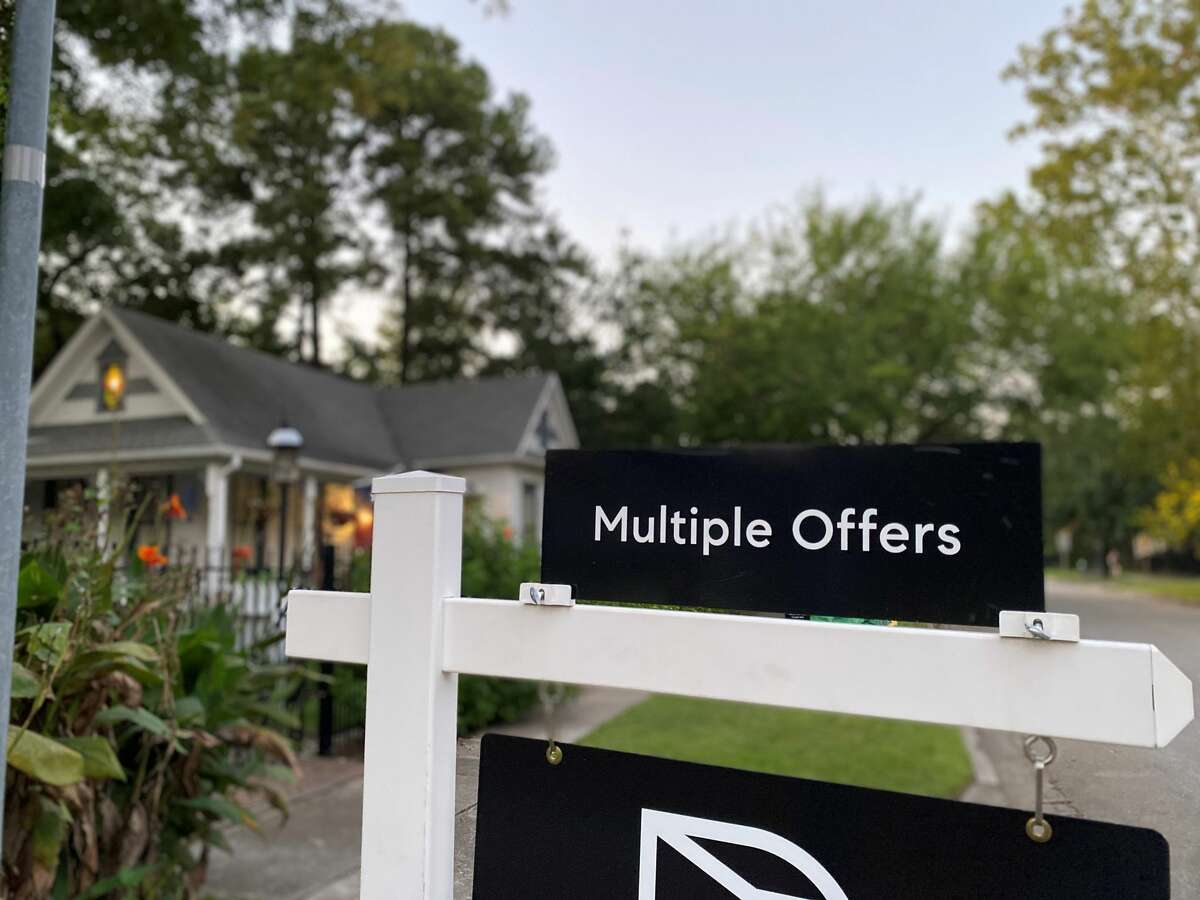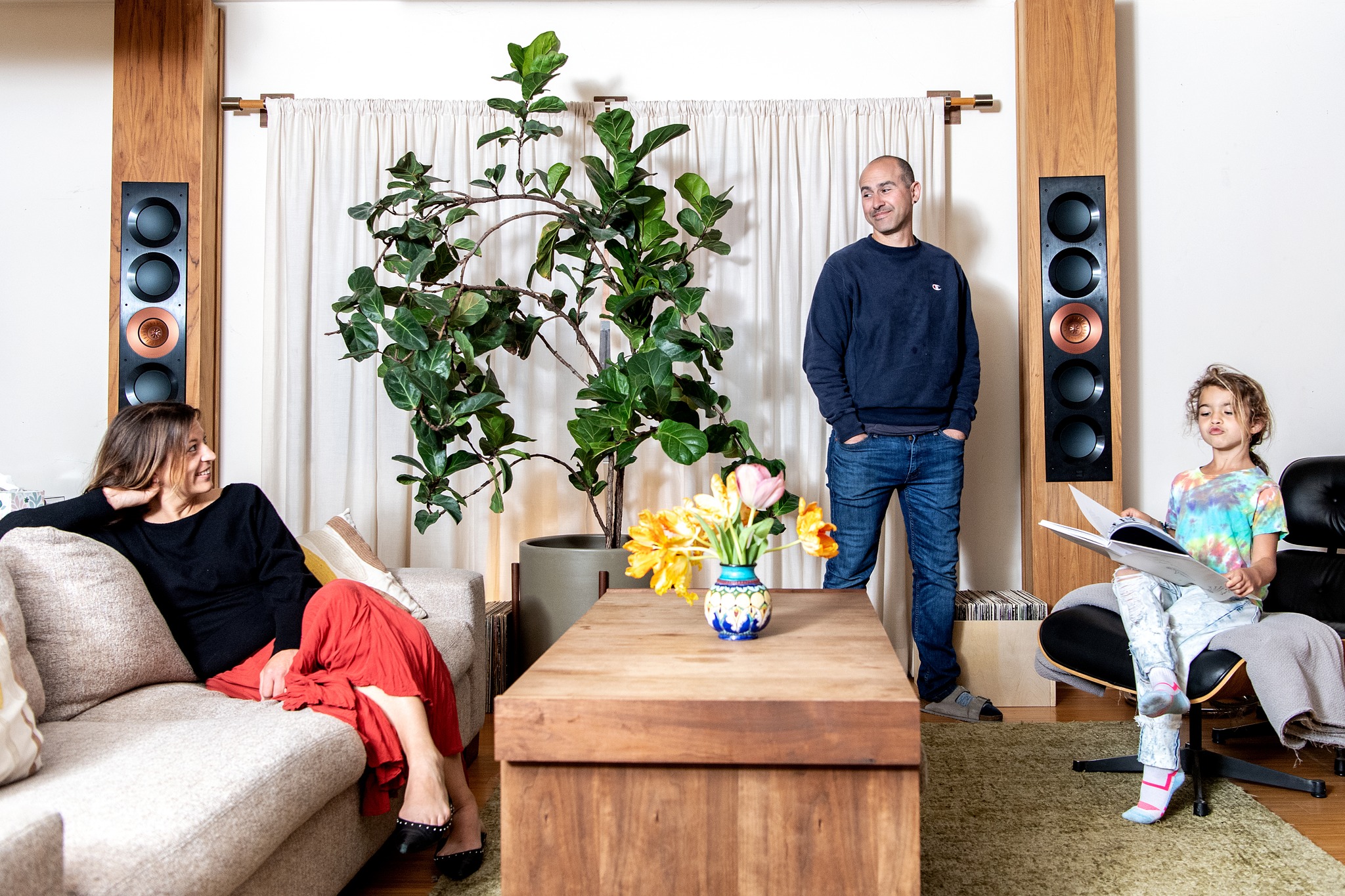
Home Prices Are Finally Dropping
More than 25% of homes for sale on the market have seen their prices slashed. Is this the new normal – a more balanced and affordable housing market?




More than 25% of homes for sale on the market have seen their prices slashed. Is this the new normal – a more balanced and affordable housing market?

A combo of rising mortgage rates and sky-high prices is finally dampening demand in the red-hot housing market, showing signs of hope for home buyers.

Here are ways to keep impulse buying at bay this holiday season, so you can head into the new year without derailing your financial goals.

Today, we’d like to introduce you to Mia & John, who joined the list of happy homeowners we’ve helped after buying & selling a home with Compass.

For people looking to help pay for their mortgage every month, buying a house with an attached rental unit might just provide a monthly bump.

The closing is a test of will. There is nothing more awesome than taking ownership of your brand new home, but you have to sign for it fist.